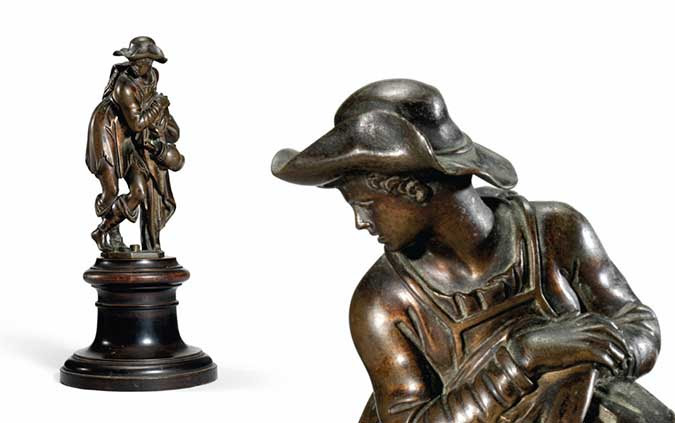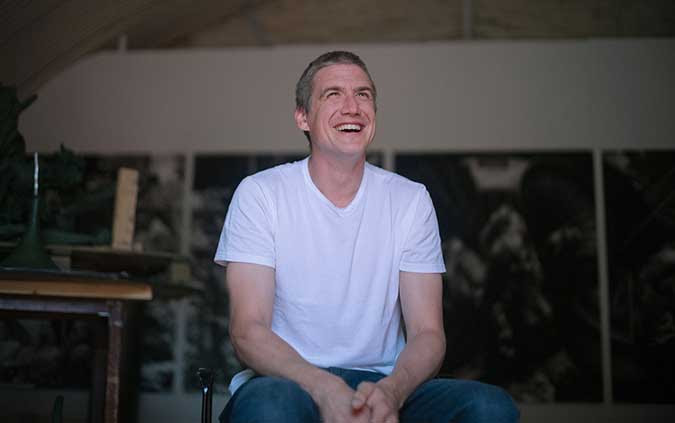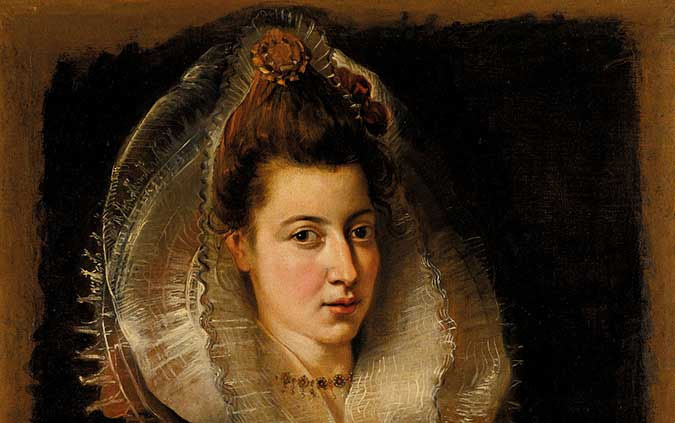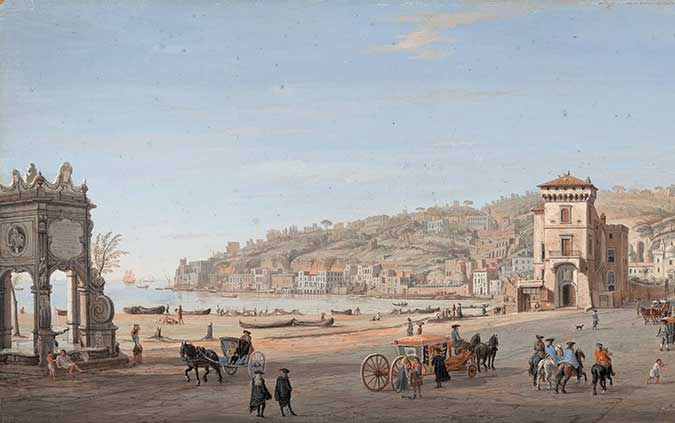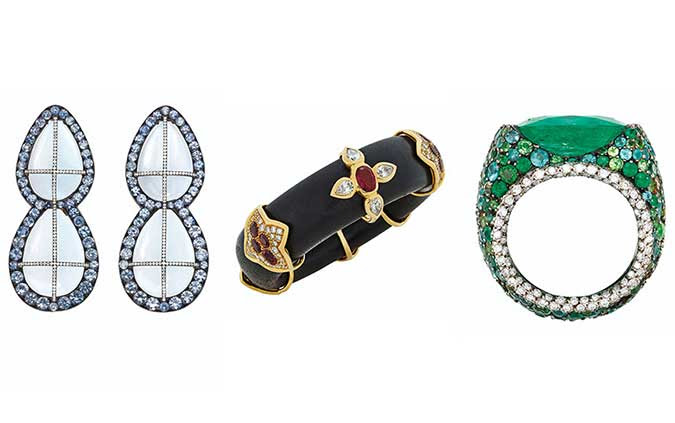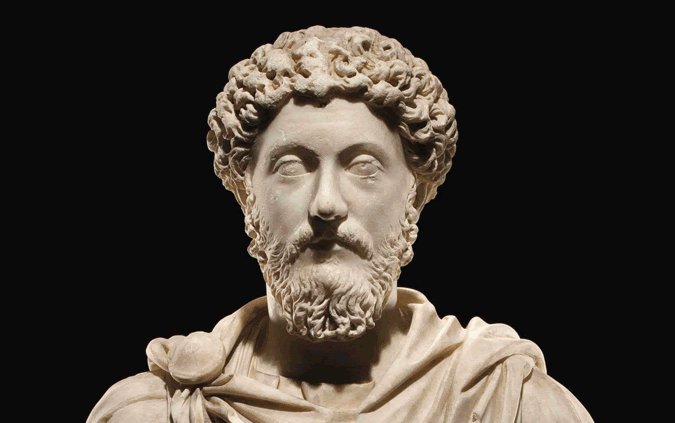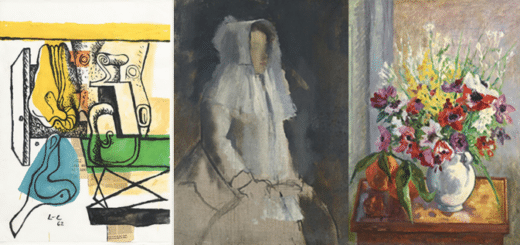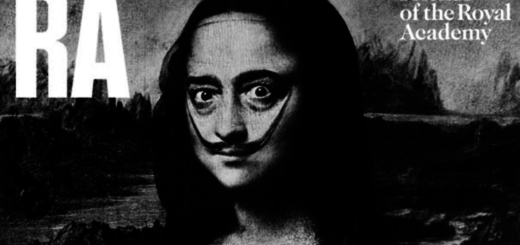Christie’s – Online Magazine No.231
Art stories to feed the mind and soul
Found in a box, the $15 ‘brass ornament’ that turned out to be a Renaissance masterpiece
‘It is rare that something of this quality appears from out of nowhere,’ says Christie’s Old Masters specialist Milo Dickinson. ‘That it was found in a box of odds and ends in South Africa is a lesson to us all that there are still many great works hidden away, ready to be discovered.’
‘Certain works of art vibrate with us’ — artist Hugo Wilson on his debt to the Old Masters
Hugo Wilson describes himself as an ‘unashamed magpie’. The London-based artist is well known for borrowing images and techniques from Old Masters — Titian’s Rape of Europa, Rubens’ Fall of the Rebel Angels — and mixing in contemporary references to create dramatic new works that nevertheless ‘seem to retain some of the essence’ of the original.
Ruff guess: can the clothes worn by the sitter for this Rubens portrait tell us who she is?
She is dressed in the height of Spanish fashion — then also popular in Italian courts — and her identity is unknown. Alastair Smart pieces together the clues behind this ‘wonderfully spontaneous’ portrait dating to Rubens’ early travelling years
From the archives: how the tiny figures known as staffage bring Old Master paintings to life
In any Old Master landscape, townscape or villagescape, you may find figures embarking on their daily activities. ‘Staffage’, a term more commonly adopted in the late-18th and early-19th centuries — possibly derived from the Old French term estoffe, meaning ‘stuff’, or the German staffieren for ‘decorate’ — refers to the human and animal figures that populate pictures, either with subtle anonymity or with historical and biblical significance.
Why jewels by the designer known as JAR are among the most coveted in the world
Joel Arthur Rosenthal produces only around 70 imaginative, meticulously crafted pieces a year, making them highly sought-after by movie stars, tastemakers and collectors the world over
From beards and blemishes to ringlets and wrinkles: how to read a Roman portrait’s face
‘Some emperors wanted to portray themselves as youthful gods, others as battle-weary generals,’ explains Christie’s Antiquities specialist Claudio Corsi. ‘They also used the portrait to either align or distance themselves from previous dynasties, depending on their popularity.

